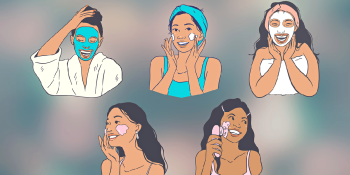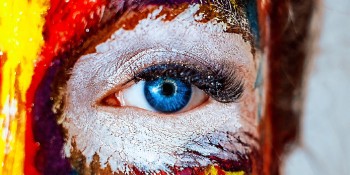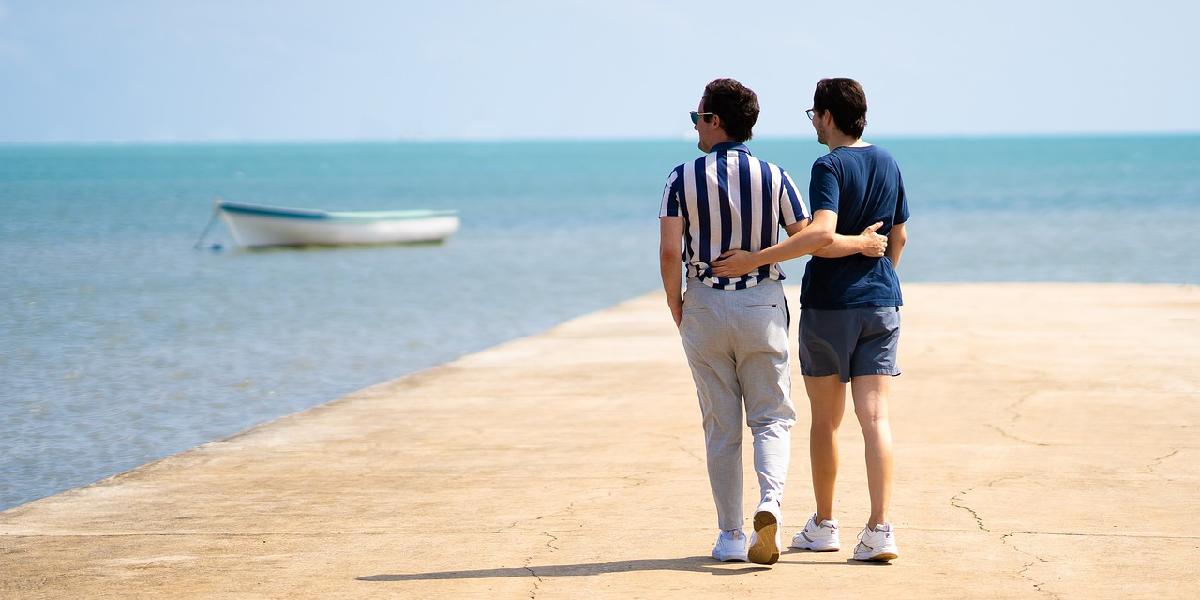The Growing Acceptance of Grooming and Skincare for Men
For decades, beauty and grooming have been predominantly associated with women in Nepali society. The concept of men taking an active interest in skincare, haircare, or personal grooming was often dismissed as unnecessary or even inappropriate. However, times are changing. Today, the narrative around men and beauty is evolving, breaking long-standing taboos and redefining masculinity.
The Traditional Stigma Around Male Grooming
In the past, Nepali men were expected to maintain a rugged, no-fuss appearance. Grooming beyond the basics—such as a regular haircut and shaving—was considered excessive. Skincare, facials, or hair styling were often ridiculed, with phrases like “that’s for women” being commonly heard.
This traditional mindset prevented many men from openly embracing self-care routines. However, with globalization, exposure to social media, and changing gender norms, perceptions about male beauty are shifting.
The Rise of Men’s Grooming in Nepal
1. Influence of Social Media and Celebrities
International celebrities, K-pop idols, and even Bollywood actors have played a significant role in normalizing male grooming. Their well-maintained looks, skincare routines, and stylish appearances have inspired a new generation of Nepali men to care about their looks.
2. Growing Awareness of Skincare and Self-Care
With increased exposure to information, more men are realizing that skincare isn’t just about beauty—it’s about hygiene and health. Pollution, sun damage, and stress take a toll on the skin, and men are now acknowledging the importance of a proper skincare routine.
3. Expanding Market for Male Beauty Products
Recognizing this shift, beauty brands and salons in Nepal have started offering men-specific products and services. From facial cleansers to beard oils and hair care products, men’s grooming items are gaining popularity. Salons now offer facials, hair treatments, and skincare services tailored for male clients.
4. Changing Workplace and Social Expectations
Modern workplaces emphasize presentability. A well-groomed appearance is often associated with confidence and professionalism, motivating more men to maintain their personal hygiene and looks. Additionally, social media encourages self-presentation, making men more conscious of their appearances.
Breaking Stereotypes: Redefining Masculinity
The biggest challenge in normalizing male beauty in Nepal is overcoming outdated stereotypes. Many still believe that caring about one’s appearance makes a man less masculine. However, masculinity is not defined by negligence or lack of self-care. In fact, grooming and hygiene are signs of self-respect and confidence.
Men embracing beauty and skincare should be encouraged rather than judged. It’s about self-care, wellness, and breaking free from societal norms that limit personal choices.
The Road Ahead: Encouraging Change
- Promoting Self-Care Without Gender Bias: Schools, workplaces, and families should encourage grooming and hygiene for everyone, regardless of gender.
- Educating Through Media: More awareness campaigns, advertisements, and influencer promotions can help normalize men’s grooming.
- Encouraging Open Conversations: Men should feel comfortable discussing skincare and grooming without fear of judgment.
Final Thoughts
The idea that beauty is only for women is outdated. The growing acceptance of grooming and skincare for men in Nepal is a sign of progress. Looking good, feeling confident, and taking care of one’s health should never be restricted by gender norms. As more Nepali men embrace self-care, they help break stereotypes and create a more inclusive and accepting society.
Quote to Remember: "Self-care is not a gender; it is a necessity.







-1741245072.png)

